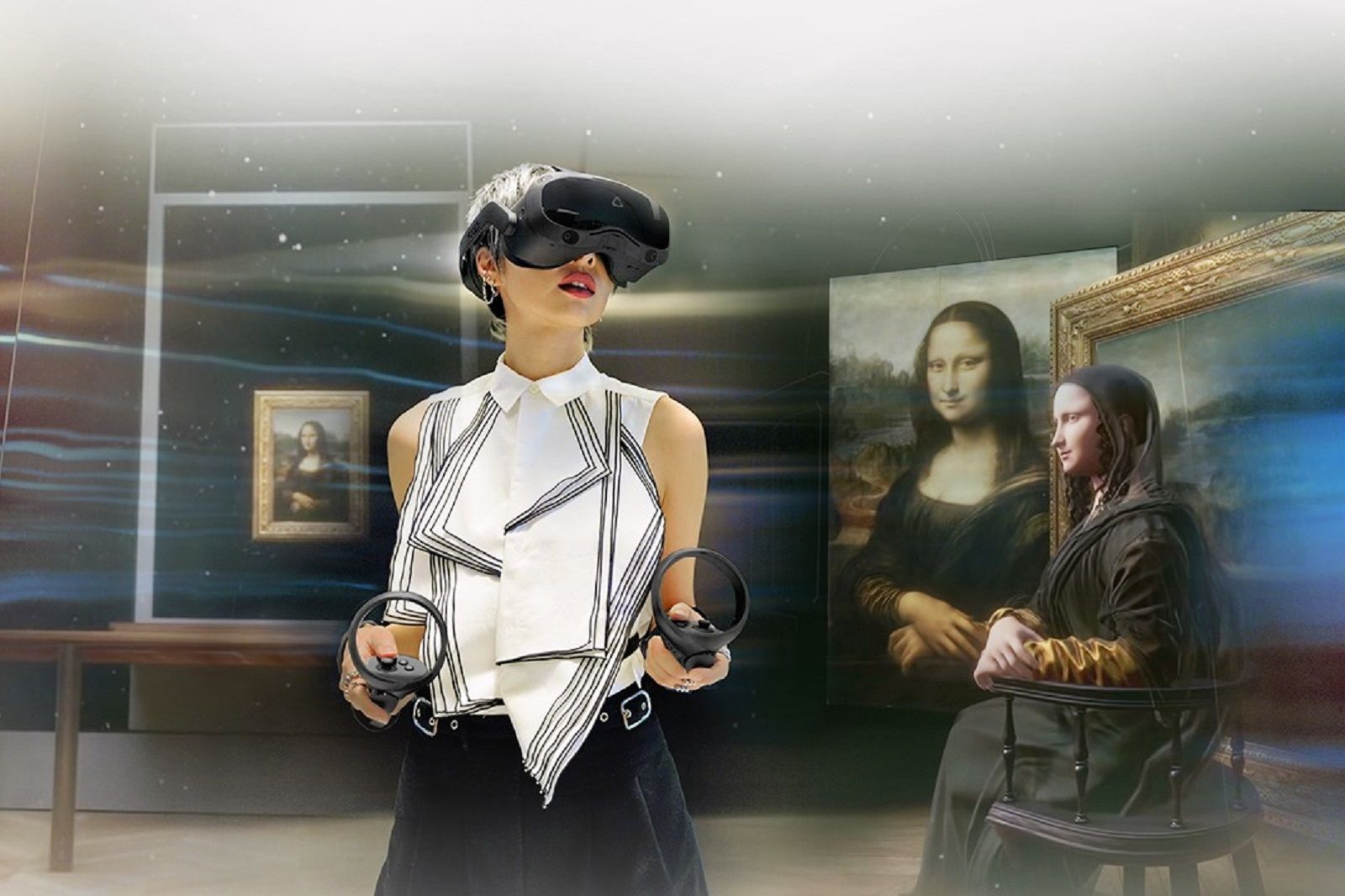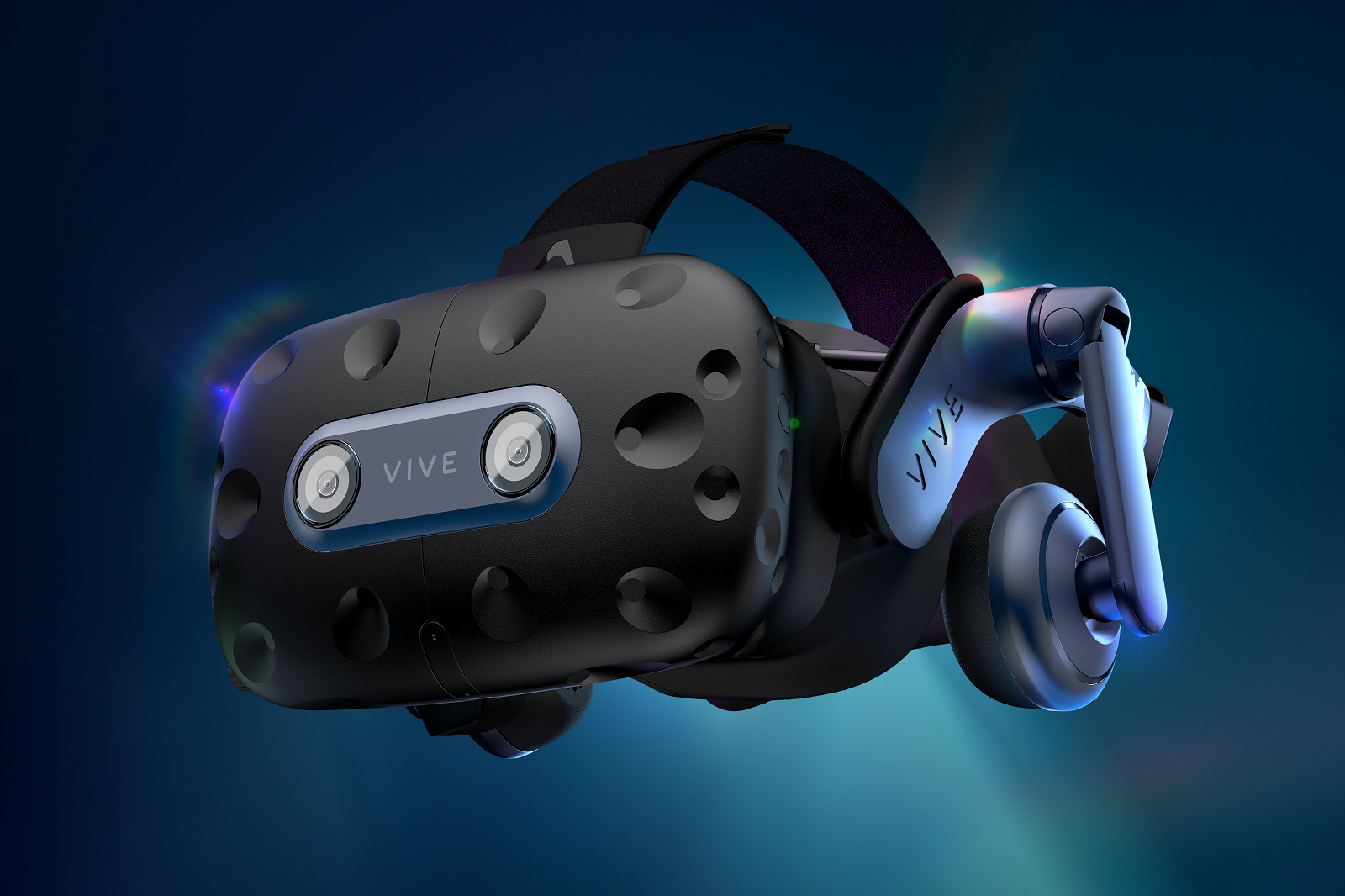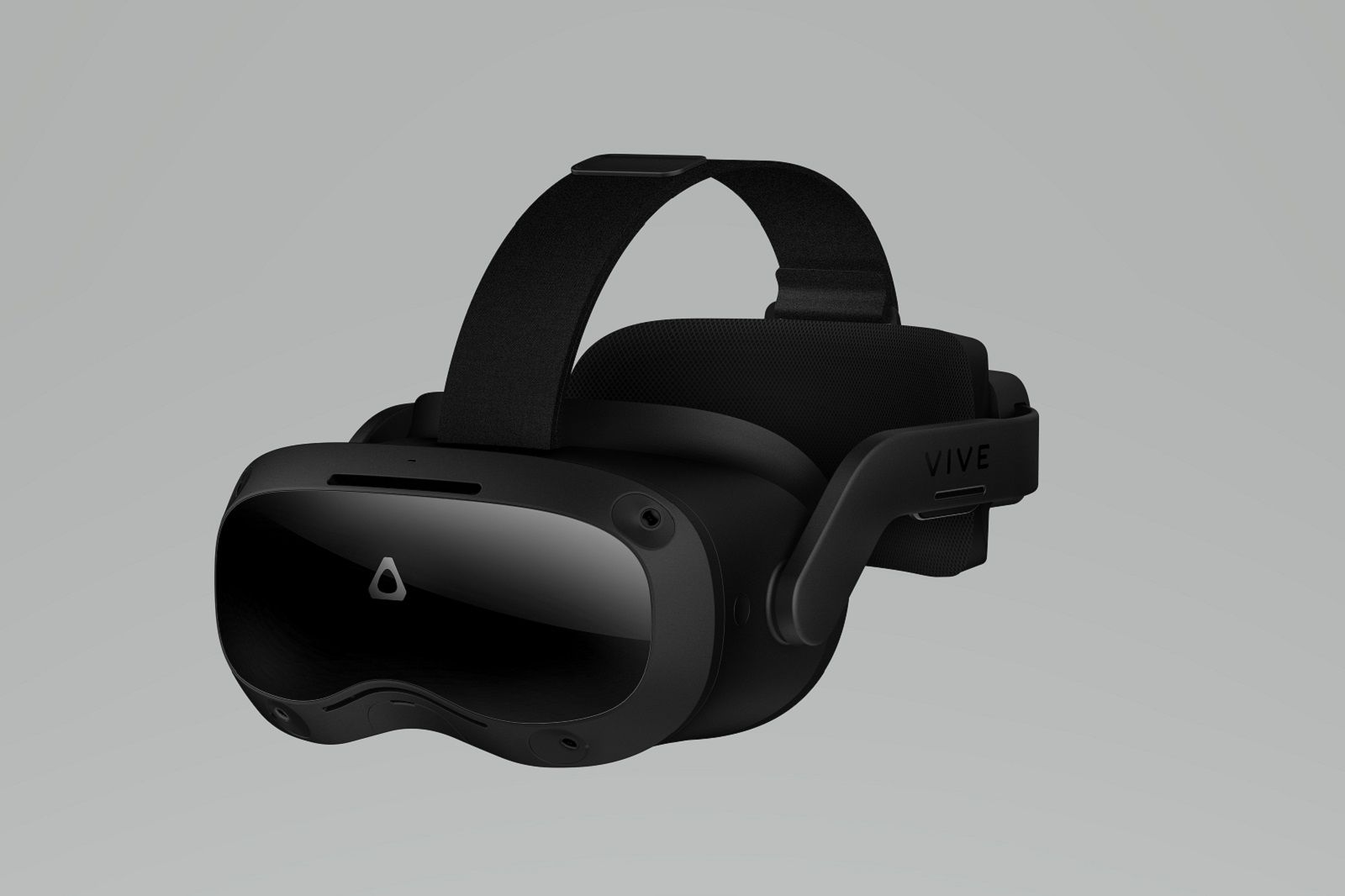During its Vivecon event, HTC has revealed two virtual reality headsets. The business-centric Vive Focus 3 and the "best-in-class" PCVR HTC Vive Pro 2.
Unfortunately, there's no sign of an Oculus Quest 2 competitor, but these freshly announced headsets are certainly nothing to be sniffed at.
HTC Vive Pro 2
- Fast switch LCD IPS panel with 2448 x 2448 pixels per eye (4896 x 2448 total)
- 120 Hz refresh rate and "true" 120-degree field of view
- Dual-stack lens setup with RGB Subpixel design
- 57 to 72mm IPD adjustment
The HTC Vive Pro 2 is likely to please many of the fans of the original HTC Vive headsets. The company is seemingly returning to its roots of creating the very best VR devices for both PC gamers and B2B users too.
At first glance, you'd be forgiven for thinking that the company has simply revealed the same headset, with the Vive Pro 2 looking very much like its predecessor. That's no bad thing as the original HTC Vive Pro was a fantastic headset, so now the company has taken the brilliant foundations of that and improved upon it.
The result is a VR headset that promises to have a "best-in-class" display with the highest resolution to date - at 4896 x 2448 total pixels (compared with 2880 x 1600 pixels on the original Vive Pro). That display uses an LCD IPS fast switching panel with a dual-stack lens design that uses two lenses (for each eye) redirecting the image for a wider field of view.
This allows HTC to claim it has a "true" 120-degree field of view where users will have a bigger sweet spot and a more realistic view of the world around them than with other headsets.
The high pixel count, combined with the LCD panel and RGB subpixel, means that the HTC Vive Pro 2 should have virtually no screen-door effect and deliver some of the most impressive visuals to date. That will come at a price though, as you'll clearly need a beefy gaming machine in order to run the headset at that resolution.
However, HTC says it has worked with Nvidia and AMD on "Display Stream Compression" which means that the Vive Pro 2 can still run with older machines via DisplayPort 1.2. If your PC can run the original Vive Pro then it can manage the Vive Pro 2 as well. Though perhaps not at maximum resolution and refresh rate.
Other highlights to the Vive Pro 2 include the compatibility with the Vive wireless adapter, Facial Tracker and Vive Tracker 3.0 which allow for tracking of "anything" including full-body tracking.
HTC says the HTC Vive Pro 2 will also work the Valve's Knuckle controllers as well as the company's own controllers.
The Vive Pro 2 is being sold in two forms:
- Just the headset (for upgraders who already own the HTC Vive or Vive Pro) - pre-orders for this open on 11 May with orders shipping 3 June. If you get in early you can get it at a discounted price of £659, $749 or €739.
- Full kit which includes the headset, base station 2.0 and Vive Wand controllers v2 - available 4 June for £1,299, $1399 or €1399.
Vive Focus 3 standalone headset
- Snapdragon XR2 processor
- 4896 x 2448 pixels (double that of the Quest 2)
- 90Hz refresh rate with the promise of no ghosting
- 120-degree FOV dual-stack lens design, 57mm to 72mm IPD
- Replaceable face shields and batteries
Alongside the Vive Pro 2, HTC has also revealed the standalone Vive Focus 3. This is another standalone VR headset from the company designed for business use and a follow-up to the Vive Focus Plus.
This wireless VR headset packs a lot of the same screen tech as the Vive Pro 2 with a display that's capable of 2.5K per eye and the same LCD panel and lens design too. Meaning crisp, eye-pleasing visuals but in a portable format.
The Vive Focus 3 uses Qualcomm's Snapdragon XR2 processor and has been optimised to work at maximum performance as long as possible. Though it's worth noting that it has 90Hz refresh rate compared to the 120Hz on the Vive Pro 2, the Focus 3 should still be an impressive piece of kit.
It's built for business and VR visualisation with a construction that's made of lightweight magnesium alloy making it stronger, lighter and more durable too. The headset sports a removable battery said to last 2 hours, with a 50% charge in 30 mins for a boost if you need it or the option to purchase more batteries to keep it going and going.
There are also new Vive Focus Controllers which offer built-in batteries chargeable with USB-C and capable of up to 15 hours use.
The Vive Focus 3 sports four inside out tracking cameras. Like other headsets, those cameras allow for easy tracking of the users movement, but HTC says the data is stored on the headset, encrypted and kept private.
It's this privacy stance that means that HTC is unlikely to release the Vive Focus 3 (or another headset) as a Quest 2 alternative for the average consumer. As the headset's tech isn't cheap and the company says it's unable to compete with Oculus' pricing with the Quest 2 headset - as Facebook is able to treat the end-user as the product and recoup value by selling adverts. Something HTC won't do.
For business though, the Vive Focus 3 should be an excellent option with various Vive services on hand for users to make the most of it. There's the Vive Business App store with multiple apps and programs from numerous vendors to deliver the right services. As well as Vive Sync, which allows things like PowerPoint in VR and virtual meeting rooms. You get six months of this free with the headset as well.
HTC sees great things for VR in the business world, with current use already showing great cost-cutting and efficiency improvements with things like design, training and education. The future of VR is certainly interesting.
The Vive Focus 3 will be on sale on 27 June 2021 for £1,060. Find out more here.



